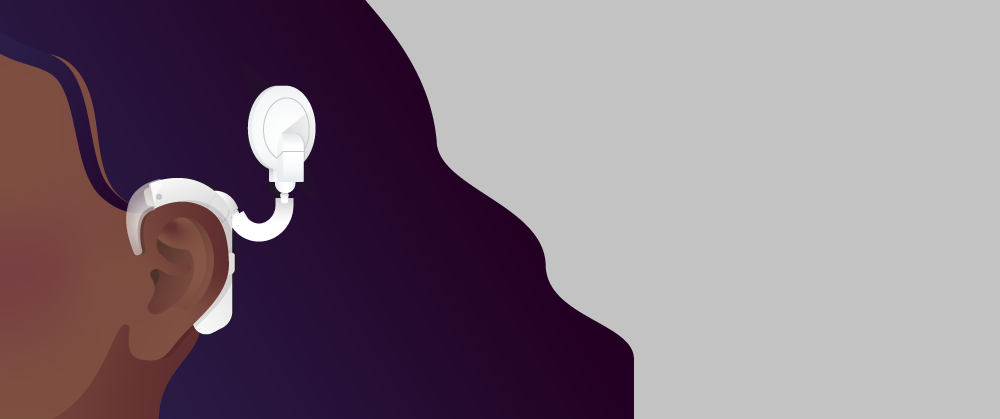More than 65 years ago, French doctors Charles Eyries and André Djourno performed the first cochlear implant. Cochlear implant technology has changed quite a bit since 1957, and the ASHA Journals have been publishing articles to keep you up to date on these advances and recommendations. In honor of International Cochlear Implant Day (February 25), read some recently published articles from AJA and JSLHR featuring new research on cochlear implants.
Cochlear Implants in Adults
Influence of Matching the Processing Delays of Cochlear Implant and Hearing Aid Devices for Bimodal Listeners on Speech Recognition in Noise: Bimodal listeners who use a hearing aid in one ear and a cochlear implant in another may have issues recognizing speech in noise due to processing delays between the two devices. Learn how authors improved masked speech recognition by individualizing the cochlear implant to match the processing delay of a hearing aid.
Dual-Task Interference in the Assessment of Listening Effort: Results of Normal-Hearing Adults, Cochlear Implant Users, and Hearing Aid Users: Even after cochlear implantation or being fitted with a hearing aid, people with hearing loss report increased listening effort. This study attempted to use a dual-task paradigm to better understand listening effort in the clinic.
Assessment of Cochlear Implant Rehabilitation Success by Speech-Language Therapists Using International Classification of Functioning, Disability and Health Criteria: The process of restoring hearing through cochlear implantation continues long after initial implantation. In this article, the authors incorporated a criteria-based assessment to collect non-audiological data to help document individuals’ progress, resources, and challenges.
Cochlear Implants in Children
Nasal/Oral Vowel Perception in French-Speaking Children With Cochlear Implants and Children With Typical Hearing: Cochlear implants present a number of acoustic limitations for children. Here, French-speaking children without cochlear implants had trouble distinguishing oral and nasal vowels, but results showed that they were able to compensate by using other acoustic cues.
Predicting Auditory Skill Outcomes After Pediatric Cochlear Implantation Using Preoperative Brain Imaging: Researchers investigated the feasibility of using neuroanatomical features to predict auditory development in children with cochlear implants (CIs). Ultimately, they found that the neural structure provides the best way to predict post-CI outcomes.
Postoperative Auditory Progress in Cochlear-Implanted Children With Auditory Neuropathy: Children with auditory neuropathy spectrum disorder may experience hearing fluctuations and difficulty hearing speech in noise. Learn about the potential benefits of cochlear implantation for these children, as well as difficulties they may continue to have.
International Cochlear Implant Day Is February 25
For more on cochlear implants, visit our Topic Collection on Hearing Aids, Cochlear Implants & Assistive Technology, or use our advanced search function to find what you’re looking for. ASHA’s Practice Portal contains important information on cochlear implants, including evidence maps and collaboration resources.
International Cochlear Implant Day may be tomorrow, but you can spread the word about cochlear implants any time! We hope that these articles can help you in the lab, clinic, or classroom to better support people who use cochlear implants.







